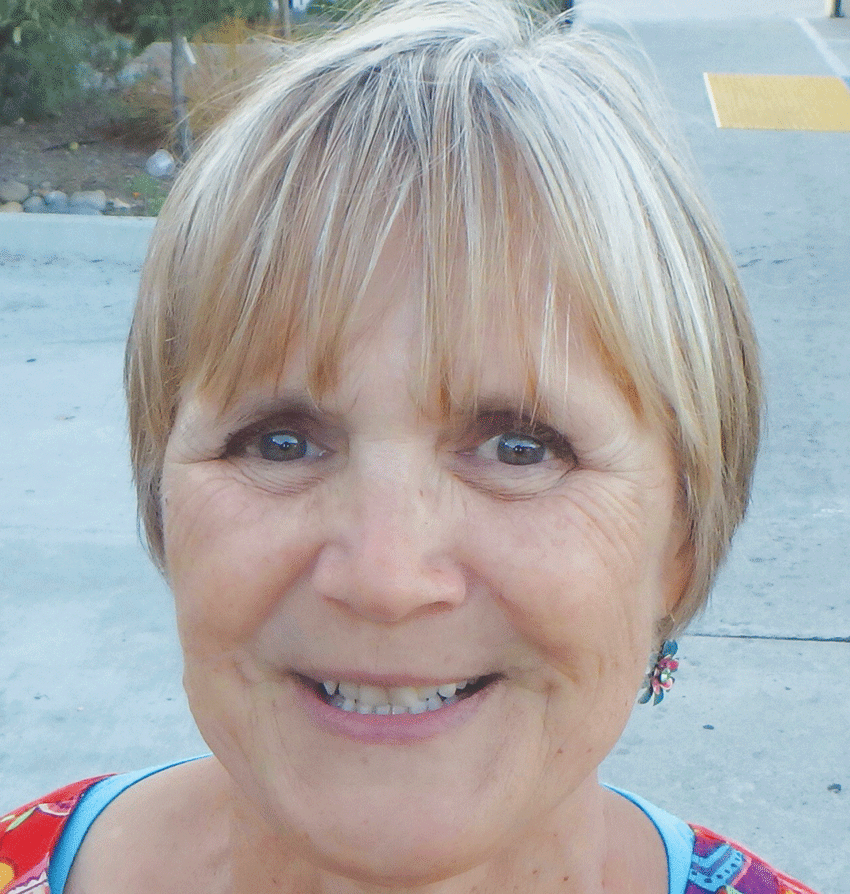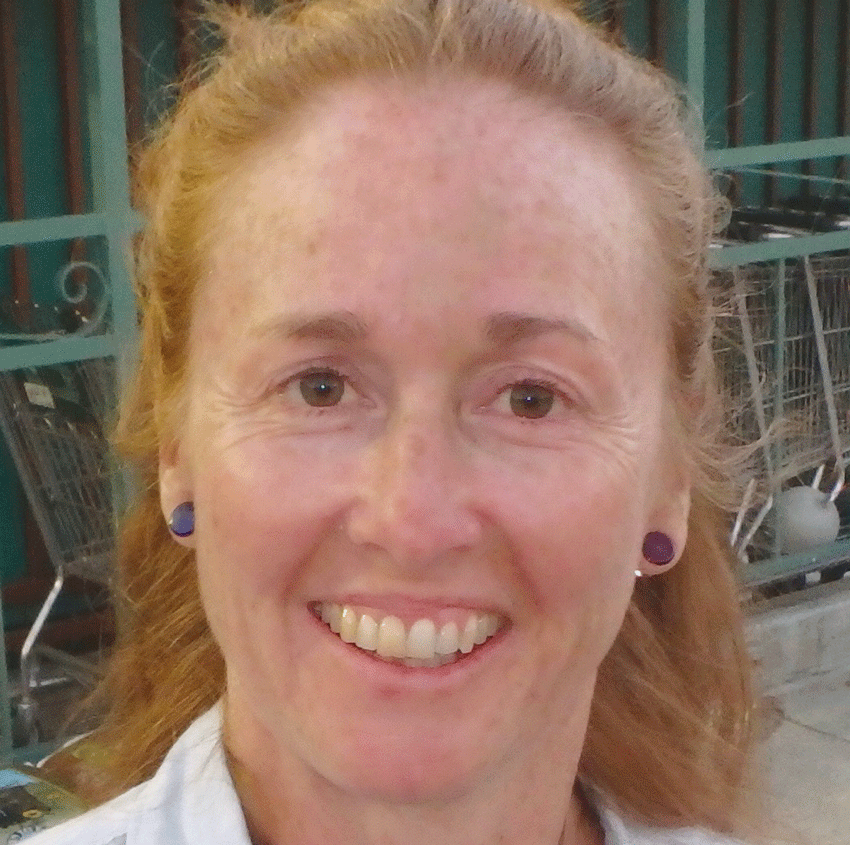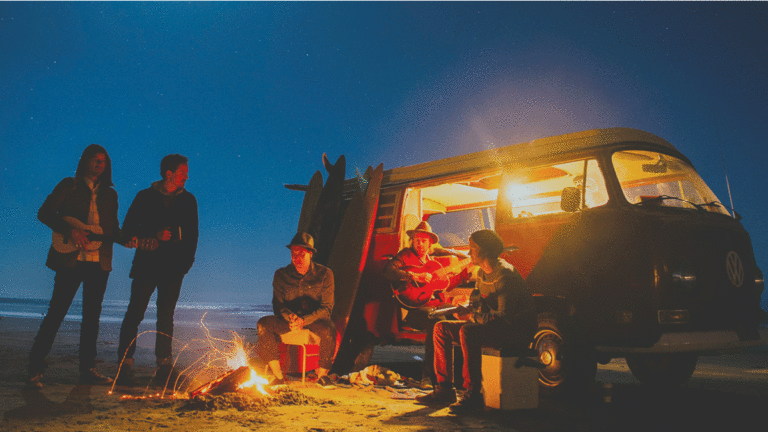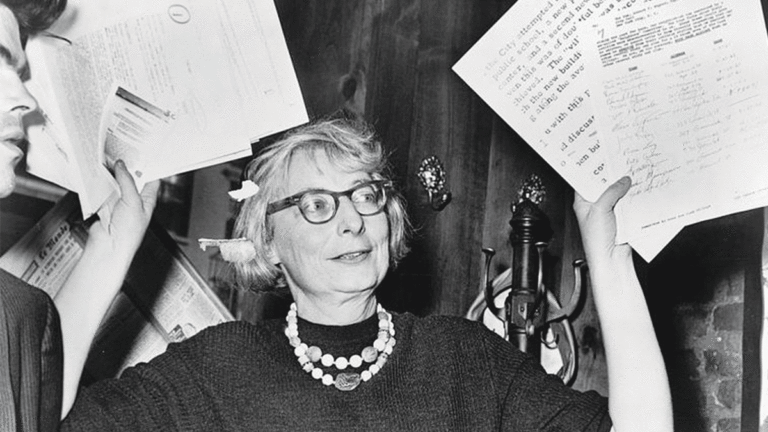EDITOR’S NOTE

After reading Hugh McCormick’s story on the trails of UCSC this week, I’m wondering how I was at that place for four years and knew about literally zero of the many hidden spots he talks about. I mean, I suppose a couple of them possibly weren’t there yet, as this was two decades ago, but clearly most of them were. I was apparently the worst Slug hiker ever. On the other hand, if GT had run a cover story like this back then, it really would have helped. I’m glad we’re doing it now, not only for locals who don’t know what great hiking there is up at UCSC, but also for students who, like me, have no idea what there is to discover on their own hill. (To be fair, we had Elfland back then, which I’m pretty sure had the world’s highest concentration of naked college students running around in the woods at night, so we didn’t really need anything else.)
Elsewhere in our Health and Fitness issue, Andrew Steingrube talks to Toadal Fitness owner Christophe Bellito about how an indie gym succeeds in an increasingly corporatized business, and the most interesting exercise trends. And our tragically departing features editor Anne-Marie Harrison (OK, it’s not that tragic, she’s going to grad school in Berlin—but still, we’re going to miss you AMH!) talks to an organizational expert about how checking our damn email is stressing us out, and what to do about it.
Hope you enjoy this issue, I’ll be out on Lime Kiln Trail making up for lost time.
STEVE PALOPOLI | EDITOR-IN-CHIEF
LETTERS TO THE EDITOR
Read the latest letters to the editor here.
Beyond ‘Locals Only’
In response to B. Cope’s letter “Locals First, Always”: I have to first say that his/her/their letter was intelligently written. However, they are not living in reality. A city or town is not a private country club that picks who lives there. This “Fuck you, Valley!” attitude is seeing a resurgence in this community, and I don’t like it. Back in the day, that was the attitude of The Lane locals who wanted the waves all to themselves. Now this mindset is being taken to the streets. I consider myself to be a local, and living here is not easy. My wife and I could barely qualify for a manufactured home. I was born in 1964, and Mr./Miss Cope’s delusion that “amazing” homes on the Westside cost next to nothing for those born around that time is laughable. I remember that when I was in my mid 20s even a starter home on the Westside was $150,000. It was hardly “amazing,” and back then that was a lot of money for most people. The need for more rental units is to accommodate the existing population. My children can’t even afford to live here, but they are packed in with their mother and her father in his home.
The demand and price can be alleviated by increasing supply. Locals should be first when it comes to new housing, and there are ways to ensure that. The straw man argument that new housing will bring in “outsiders” is getting old. As jobs are being filled in our area, that sometimes necessitates people needing to move here and find reasonably priced housing. As new housing (rental) is being built, current residents can move out of single-wide mobile homes (formerly packed in with six other people). Perhaps those locals who were forced to move away because they couldn’t afford to live here could come back. And perhaps my own adult children could have their own apartment. We could truly make Santa Cruz great again. Perhaps B. Cope and others with the “locals only” mantra could contact President Trump and have that wall moved from the border with Mexico to the border of Santa Cruz.
LJ Olson
Santa Cruz
Two Problems, One Solution
Two items in this week’s news are about failing
retail businesses (Logos bookstore closes, new
Aptos shopping center faces uncertain future).
“Around 20-25 percent of the 1,100 shopping malls in the U.S. will close by 2022,
” wrote Business Insider in June.
Along with failing retail, there are the never-ending articles about Santa Cruz
County’s housing shortage. It’s time to take these two lemons and make
some lemonade.
The two floors of Logos could make eight studio apartments. Apartment houses could be built on the Aptos shopping center. More housing, more customers for remaining
businesses.
Use disappearing retail stores, especially the big ones in malls, to solve the housing shortage. It’s easier and cheaper to renovate than to build from scratch.
Build nice-looking places with little parks and lakes. No new space required.
No traffic mess during renovation/construction. Less auto traffic after
conversion than there is now. Gas, electricity, water utilities are already in place.
Construction/renovation jobs and permanent maintenance jobs.
Many big stores are on borrowed time. When they fold, convert them all to housing and public spaces. Two problems = one solution.
Steve Newman
Santa Cruz
PHOTO CONTEST WINNER

Submit to ph****@*******es.sc. Include information (location, etc.) and your name. Photos may be cropped. Preferably, photos should be 4 inches by 4 inches and minimum 250dpi.
GOOD IDEA
MAST EFFECT
The ship Golden Rule is scheduled to arrive in Santa Cruz on Wednesday, Aug. 2, bringing with it lessons of peace. Organizers will hold a press conference for the vessel on Thursday, Aug. 3 at 10:30 a.m. by Café El Palomar, and crew members will also participate in the Hiroshima Day Vigil and Remembrance from 6-7:15 p.m. on Sunday, Aug. 6, followed by a showing of the film Raising the Phoenix of Hiroshima: An Odyssey Interrupted.
GOOD WORK
BROTHERS UNITED
Los Lobos drew a huge, happy crowd to the Santa Cruz Beach Boardwalk on Friday, July 28, and lead guitarist Cesar Rosas drew big cheers when he said he was proud to see the work that Barrios Unidos, a Santa Cruz civil rights organization, does in the community. He noted that the nonprofit will celebrate its 40th anniversary on Sept. 9 at the Cocoanut Grove.
QUOTE OF THE WEEK
“Be careful about reading health books. You may die of a misprint.”
-Mark Twain




 What’s the “monkiness” of a monkey? Or the “squirrelness” of a squirrel? That’s what Peter Koronakos seeks to explore with his exhibit “African Elephant to Zebra Shark: Alphabet of Oddball Animals 2017.” Each letter of the alphabet is represented, and this year’s show features new sculptures including a bobcat, orangutang, pony, and more, in addition to the returning title animals. Koronakos is a connoisseur of interesting junk, making an African elephant from an oil can, or a Tennessee Fainting Goat from a ping pong paddle. “The materials themselves speak to me and jostle for inclusion in the animal sculptures I make,” says Koronakos.
What’s the “monkiness” of a monkey? Or the “squirrelness” of a squirrel? That’s what Peter Koronakos seeks to explore with his exhibit “African Elephant to Zebra Shark: Alphabet of Oddball Animals 2017.” Each letter of the alphabet is represented, and this year’s show features new sculptures including a bobcat, orangutang, pony, and more, in addition to the returning title animals. Koronakos is a connoisseur of interesting junk, making an African elephant from an oil can, or a Tennessee Fainting Goat from a ping pong paddle. “The materials themselves speak to me and jostle for inclusion in the animal sculptures I make,” says Koronakos. Marie Sarni is a painter from the San Francisco Beat Generation, and, at 86, moved in the circles of the most famous Bay Area beat painters. In 1972, Sarni was named “Outstanding Painter Living Outside of New York City” by
Marie Sarni is a painter from the San Francisco Beat Generation, and, at 86, moved in the circles of the most famous Bay Area beat painters. In 1972, Sarni was named “Outstanding Painter Living Outside of New York City” by  They’re funny, they’re lesbian, and they’re leading a movement—Vickie Shaw and Jennie McNulty have been making people laugh professionally for more than 20 years. They’re back on the stage this Sunday, Aug. 6, at Don Quixote’s International Music Hall to get people involved. It’s more than a comedy show, they’re creating a women’s network, social outreach opportunity, and a movement. Shaw is one of the best storytelling comics in the business, fighting for her the future of her three grandchildren. McNulty is known for quick wit and improvisational skills with a highly sarcastic edge.
They’re funny, they’re lesbian, and they’re leading a movement—Vickie Shaw and Jennie McNulty have been making people laugh professionally for more than 20 years. They’re back on the stage this Sunday, Aug. 6, at Don Quixote’s International Music Hall to get people involved. It’s more than a comedy show, they’re creating a women’s network, social outreach opportunity, and a movement. Shaw is one of the best storytelling comics in the business, fighting for her the future of her three grandchildren. McNulty is known for quick wit and improvisational skills with a highly sarcastic edge. 
























